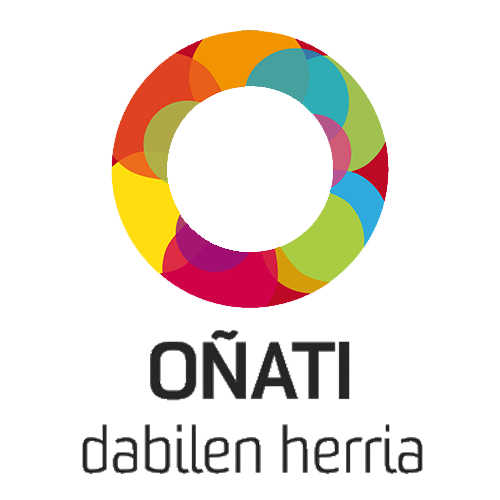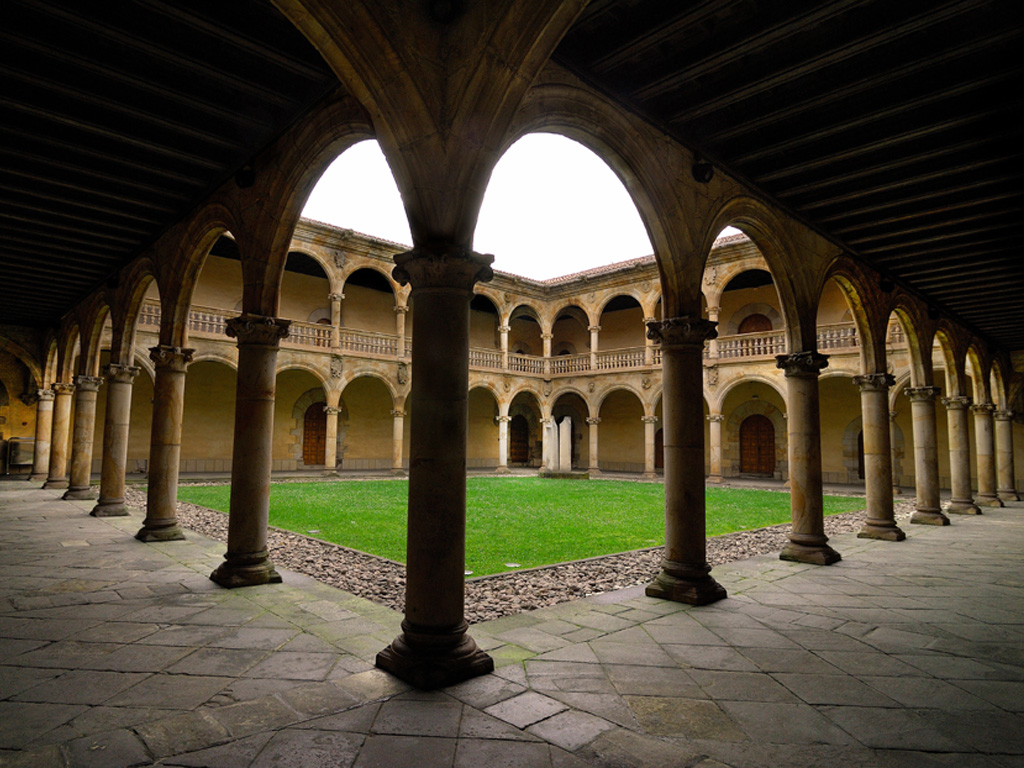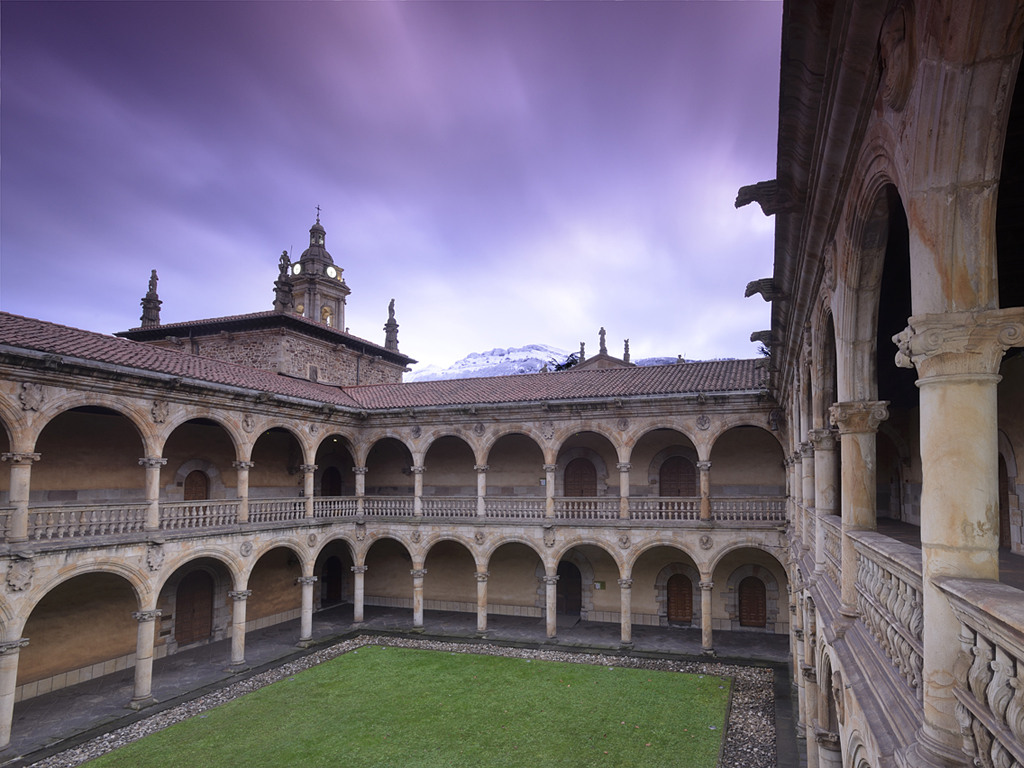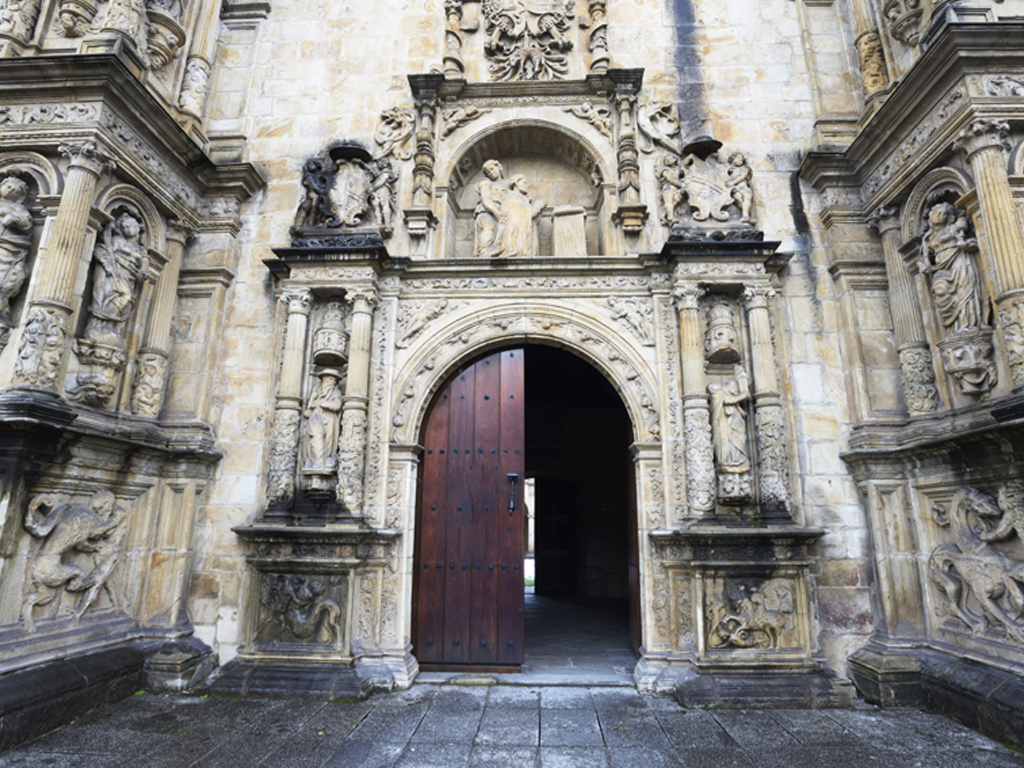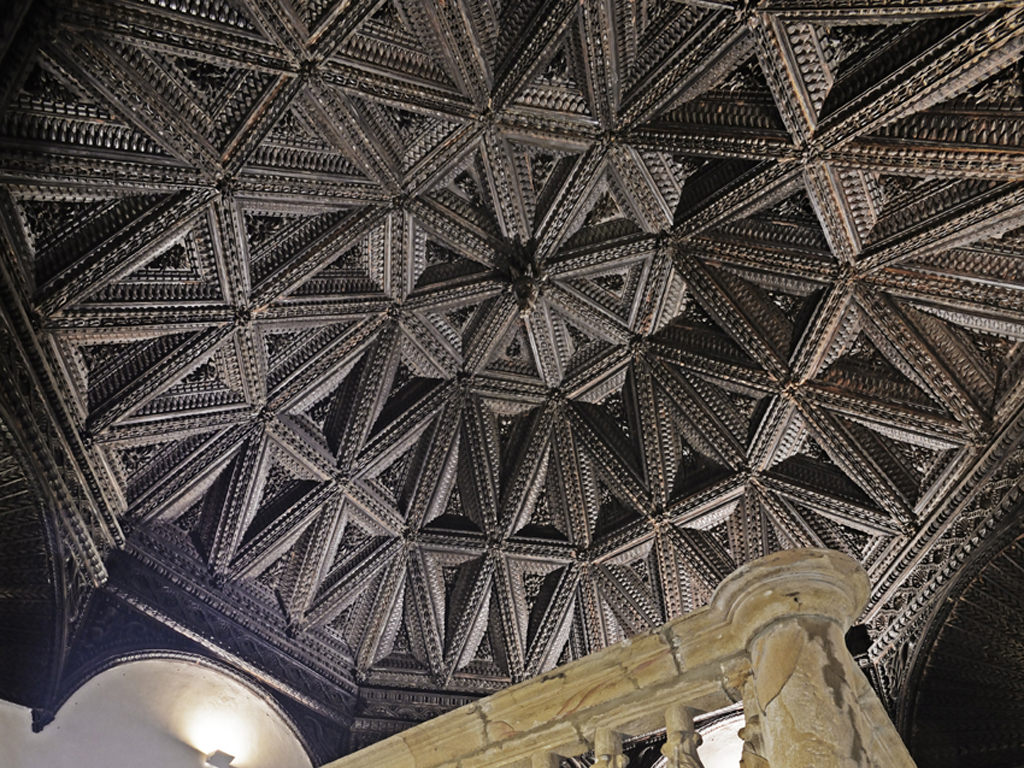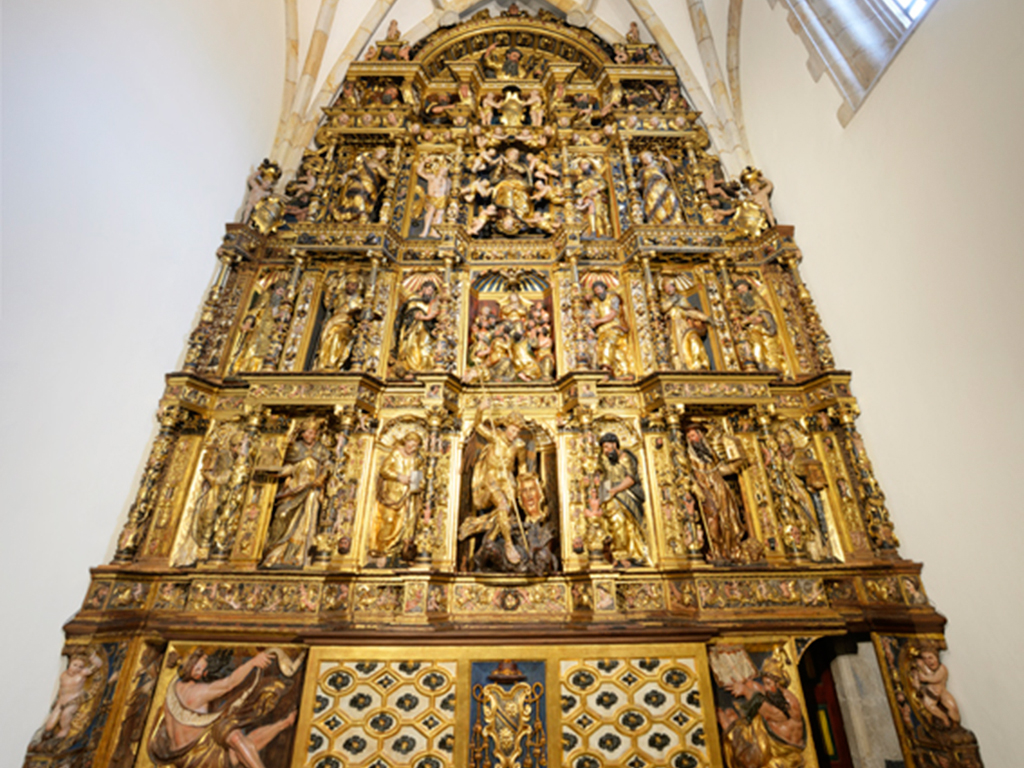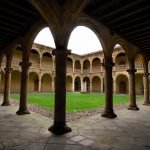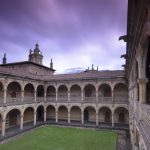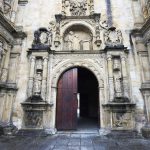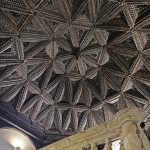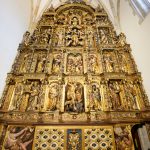Sancti Spiritus University
When you travel to Oñati, do not forget to save some time to visit this treasure of the Renaissance.
The University of Oñati is the most representative trace of the Renaissance in the entire Basque Country, both for its architecture and for being one of the most significant institutions of the Renaissance spirit.
The best exponent of the Renaissance civil art in the Basque Country
Get to know the first university founded in the Basque Country with our guided tours “for everyone” with an interpreter. Reservations ONLINE
OÑATI TOURIST OFFICE, information and guided tours
Telephone number: 943 783 453
Email address: turismo@onati.eus
The founder
Rodrigo Mercado de Zuazola was born in Oñati at the end the 15th century. He excelled in the fields of religion and politics, and practiced as bishop in Ávila and Mallorca. He was also the president of the Chancellery of Granada.
Zuazola founded the university in 1548, where mainly Law, Medicine, Philosophy, Theology and Arts where taught during the following three centuries.
Nowadays, the building is the seat of the Historical Protocol Archive of Gipuzkoa, the Basque Institute for Public Administration and the International Institute for the Sociology of Law.
The Plateresque facade
It is a work of many stone-carvers and sculptors. It clearly shows the humanist spirit of the founder, as well as a mix between the sacred and the profane.
Among the Plateresque elements that decorate the facade, we cannot forget the semicircular arch, in which the founder is represented in an attitude of prayer. There is also a big coat of arms that belongs to the King Charles I of Spain (V of Germany), who was the patron of the university.
The coffered ceiling
Gibaja carved it in Ávila. It is made of oak, wood from this province. It is rare to find examples of this kind of coffering in the Basque Country, but Zuazola wished to build something different.
The Renaissance cloister
It is made of two floors connected by two staircases and six arches at the narrow side and seven arches at the wide side, giving the cloister a quadrangular form. The most representative pieces are the 32 medallions, in which appear mythological and real couples who have stood out for their virtue.
Oteiza’s sculpture
THE EARTH AND THE MOON (Antonio and Francisco) – According to the sculptor, it represents “The obligation to open our heart to the outside”.
